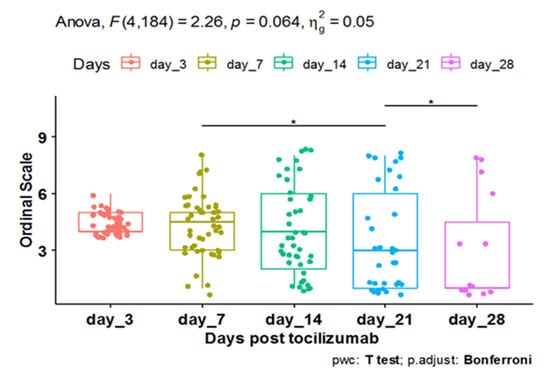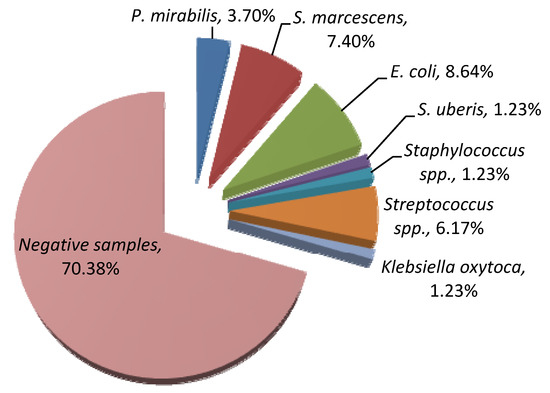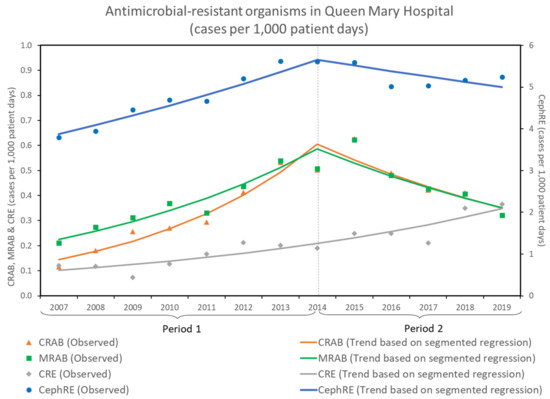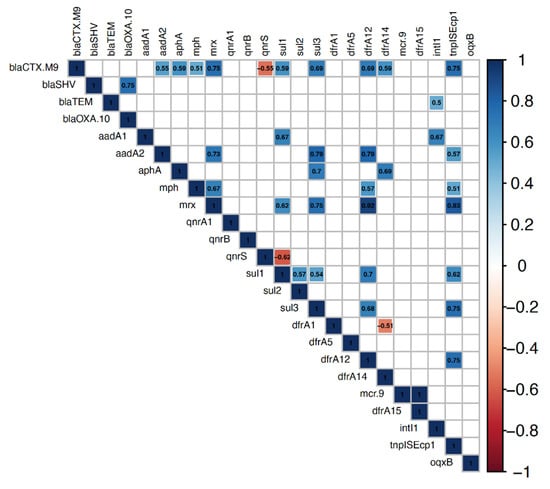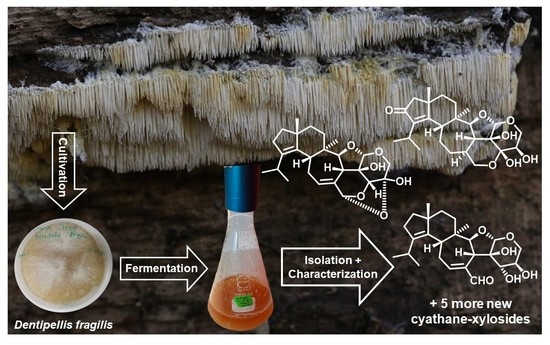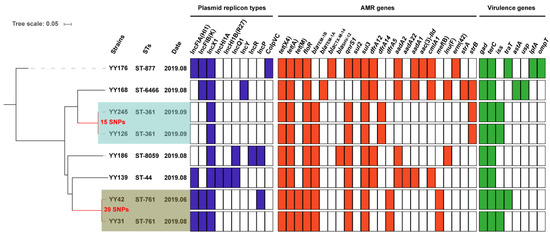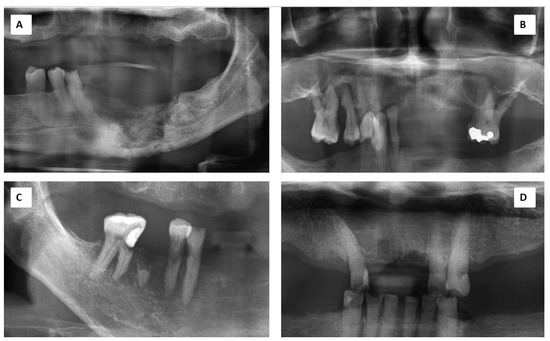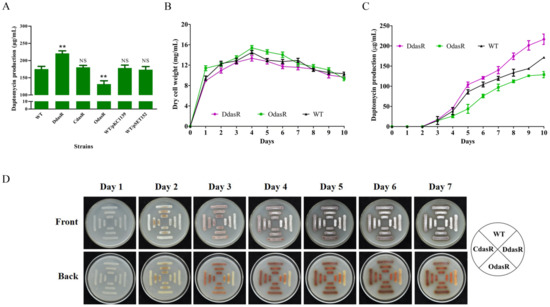1
Department of Veterinary Prevention and Avian Diseases, Faculty of Veterinary Medicine, University of Life Sciences in Lublin, 20-033 Lublin, Poland
2
Department of Hygiene of Food of Animal Origin, National Veterinary Research Institute, Partyzantów 57, 24-100 Puławy, Poland
Antibiotics 2022, 11(8), 1079; https://doi.org/10.3390/antibiotics11081079 - 9 Aug 2022
Cited by 146 | Viewed by 16633
Abstract
Background: A global problem of multi-drug resistance (MDR) among bacteria is the cause of hundreds of thousands of deaths every year. In response to the significant increase of MDR bacteria, legislative measures have widely been taken to limit or eliminate the use of
[...] Read more.
Background: A global problem of multi-drug resistance (MDR) among bacteria is the cause of hundreds of thousands of deaths every year. In response to the significant increase of MDR bacteria, legislative measures have widely been taken to limit or eliminate the use of antibiotics, including in the form of feed additives for livestock, but also in metaphylaxis and its treatment, which was the subject of EU Regulation in 2019/6. Numerous studies have documented that bacteria use both phenotypis and gentic strategies enabling a natural defence against antibiotics and the induction of mechanisms in increasing resistance to the used antibacterial chemicals. The mechanisms presented in this review developed by the bacteria have a significant impact on reducing the ability to combat bacterial infections in humans and animals. Moreover, the high prevalence of multi-resistant strains in the environment and the ease of transmission of drug-resistance genes between the different bacterial species including commensal flora and pathogenic like foodborne pathogens (E. coli, Campylobacter spp., Enterococcus spp., Salmonella spp., Listeria spp., Staphylococcus spp.) favor the rapid spread of multi-resistance among bacteria in humans and animals. Given the global threat posed by the widespread phenomenon of multi-drug resistance among bacteria which are dangerous for humans and animals, the subject of this study is the presentation of the mechanisms of resistance in most frequent bacteria called as “foodborne pathoges” isolated from human and animals. In order to present the significance of the global problem related to multi-drug resistance among selected pathogens, especially those danger to humans, the publication also presents statistical data on the percentage range of occurrence of drug resistance among selected bacteria in various regions of the world. In addition to the phenotypic characteristics of pathogen resistance, this review also presents detailed information on the detection of drug resistance genes for specific groups of antibiotics. It should be emphasized that the manuscript also presents the results of own research i.e., Campylobacter spp., E. coli or Enetrococcus spp. This subject and the presentation of data on the risks of drug resistance among bacteria will contribute to initiating research in implementing the prevention of drug resistance and the development of alternatives for antimicrobials methods of controlling bacteria.
Full article
(This article belongs to the Special Issue Bacteria Isolated from Animals: Virulence, Characterization and Antimicrobial Resistance)

